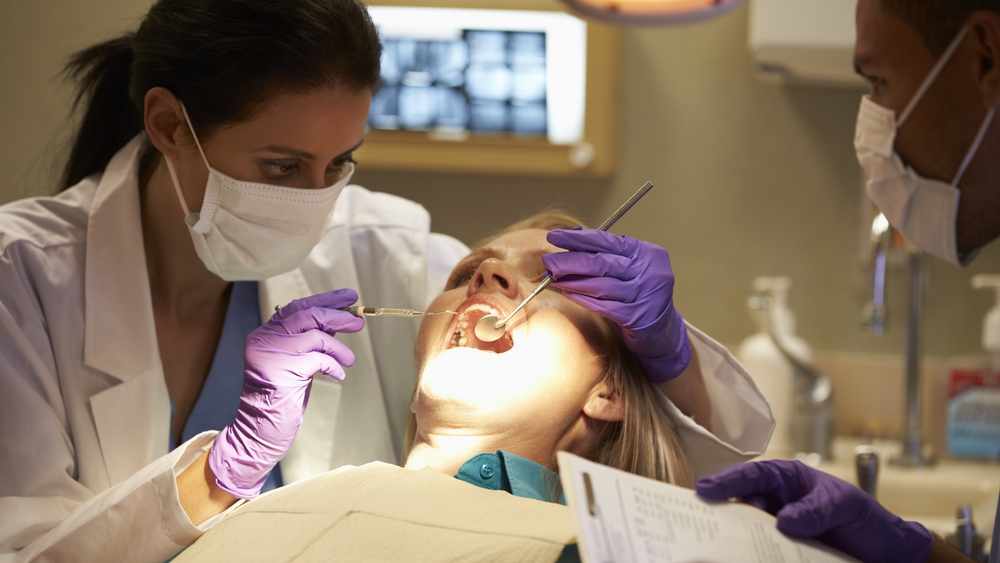-
A trip to the dentist saves money, reduces likelihood of hospitalization for people with diabetes or coronary artery disease

Physicians and dentists know that oral health is a critical element of overall health. However, there are many unknowns with respect to the effects of regular dental care and a healthy mouth, teeth and gums. Furthermore, Medicare does not cover dental care, and although children receive dental care as part of Medicaid, coverage for adults varies state-to-state.
In a new Mayo Clinic-led study published in the Compendium of Continuing Education in Dentistry, researchers examined the connection between preventive dental care — that is, regular exams, cleaning and nonsurgical periodontal treatment — and the costs of care for people with diabetes or coronary artery disease.
"Preventive dental care was strongly associated with significant savings for patients with either condition, and even greater for patients with both," says Bijan Borah, Ph.D., a health services researcher at Mayo Clinic, and the study's lead investigator.
"We measured this as overall payments from the health care plan, which included integrated preventive dental care."
"Interestingly, the greatest cost savings came from reduced use of inpatient services," says Dr. Borah. "So, in essence, a healthier mouth was associated with less hospitalizations. This saves money, but more importantly, patients remain healthier."
The data behind the research
To reach their conclusions, Dr. Borah and his team examined the records of 11,734 adult patients enrolled in a commercial health plan in Arkansas that provided integrated preventive dental care coverage. Study patients were continuously enrolled in the health plan for at least one year during the years 2014 to 2018, and had diabetes, coronary artery disease, or both.
The researchers focused on the patient cohorts with four and five years of continuous enrollment. They compared the health care costs of those who had at least one preventive dental visit each year of enrollment to patients who did not use the dental care. Costs were calculated by totaling claims for inpatient and outpatient care and prescription medication.
The average annual cost savings for patients receiving at least yearly dental care compared to those who received none were as follows:
- Patients with diabetes — $549 cost savings.
- Patients with coronary artery disease — $548 cost savings.
- Patients with both conditions — $866.
The publication includes breakdowns of outpatient, medication and inpatient costs. It includes data from the 1- to 3-year continuous enrollment cohorts, as well as cost analysis for patients with variable use of the dental care component, with at least one year attended and one year missed during their enrollment. The authors recap some of the related research that has been conducted in recent years, which this study expands upon.
"Our data shows that people with diabetes or coronary artery disease have reduced health care expenditures, including less likelihood of hospitalization, when receiving regular preventive dental care," says Dr. Borah. "However, it is not difficult to conclude that good oral health practices are going to be beneficial for people with other chronic conditions."
###
A longer version of this article was published on Advancing the Science.
This project was funded through a research grant from Life and Specialty Ventures. Administrative claims data was provided by Arkansas BlueCross BlueShield. The funding organization did not influence the design, conduct or reporting of the research.
Related Articles







